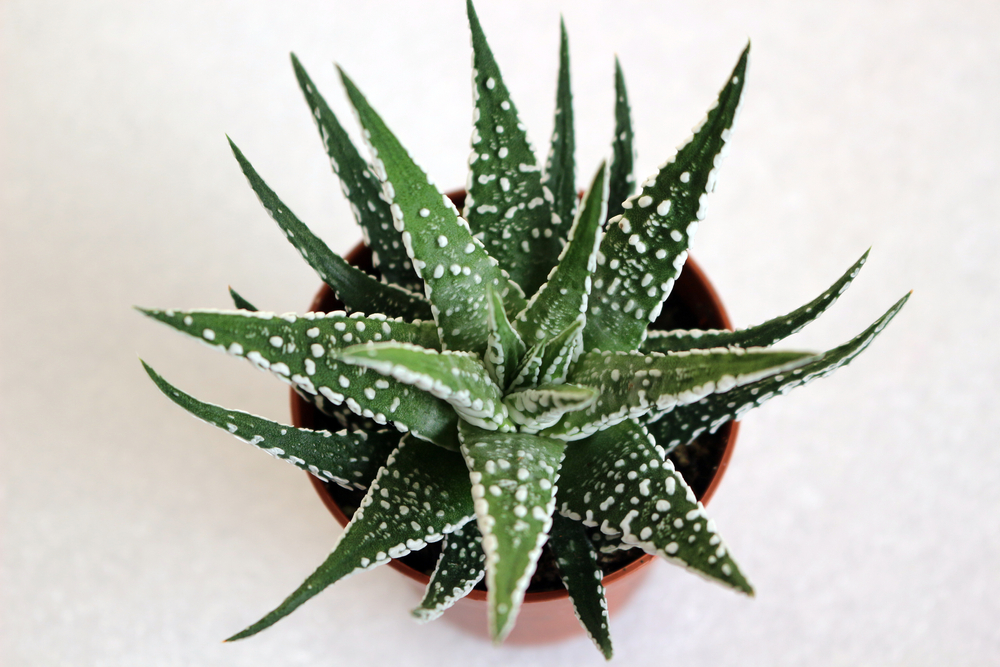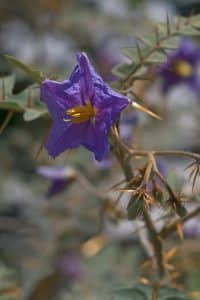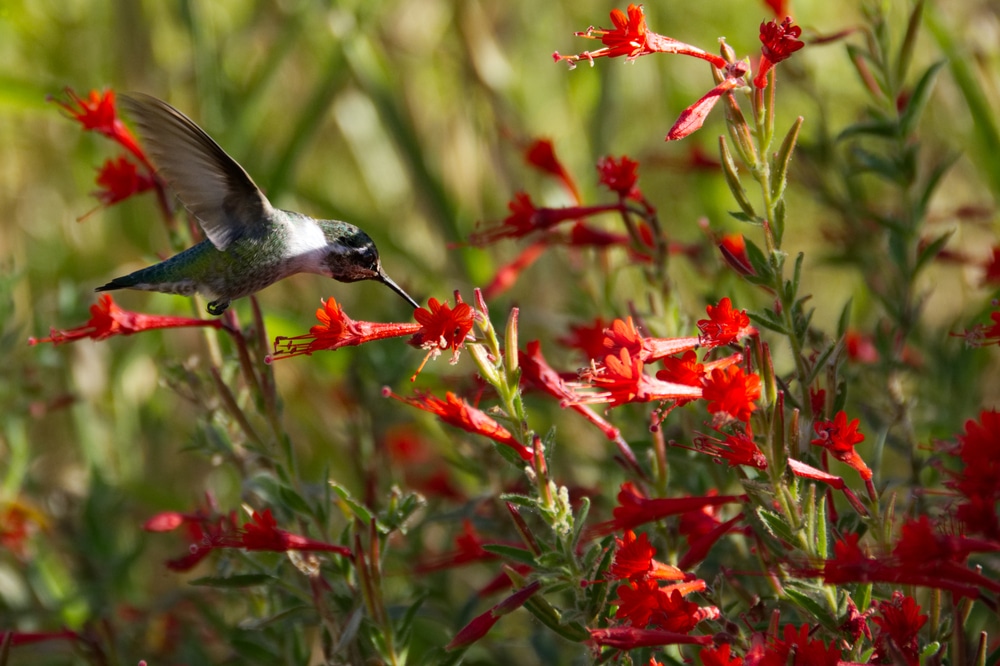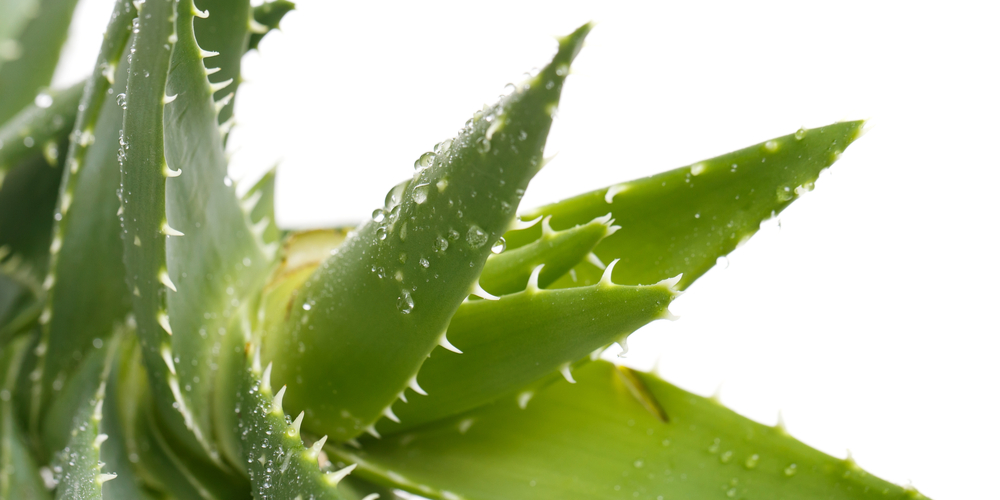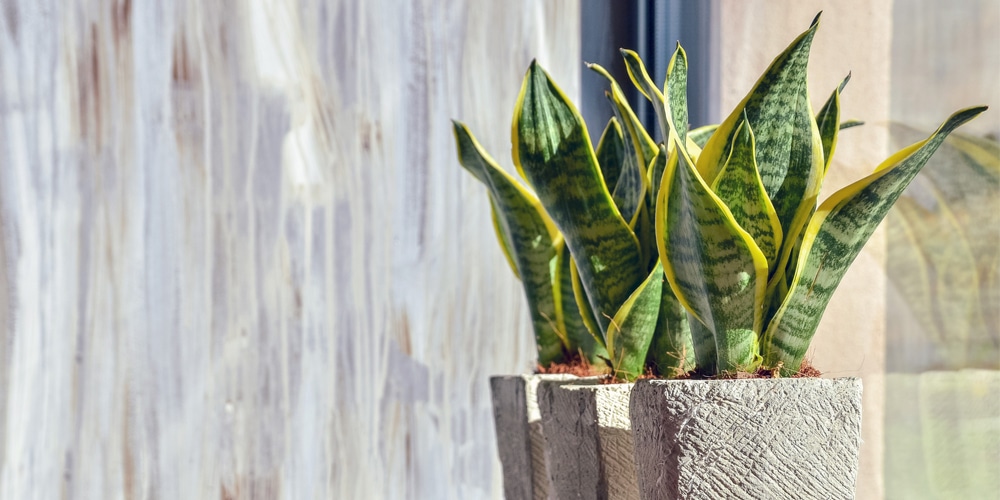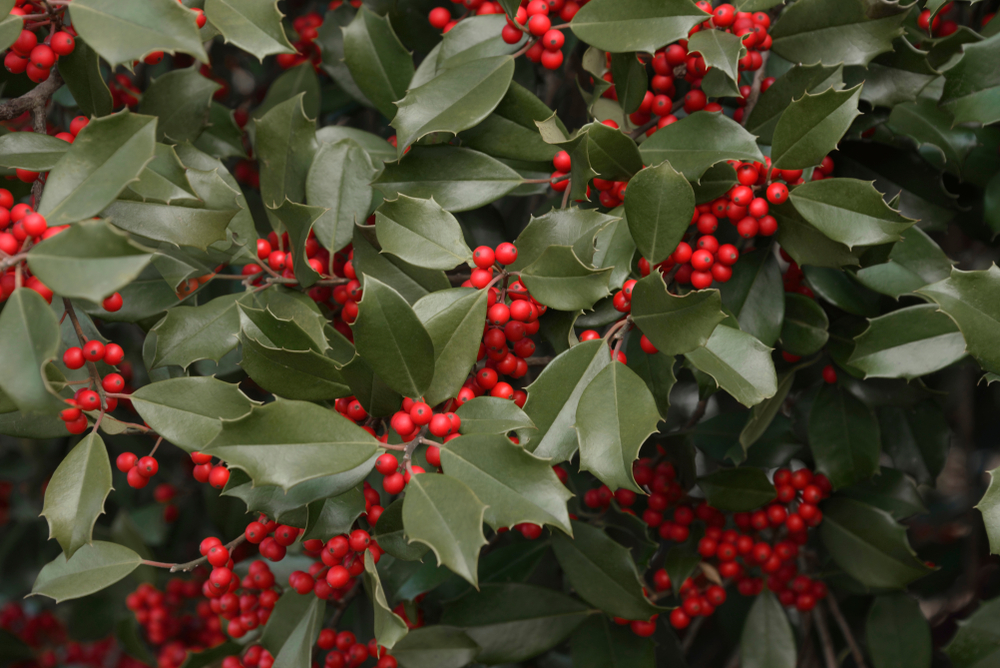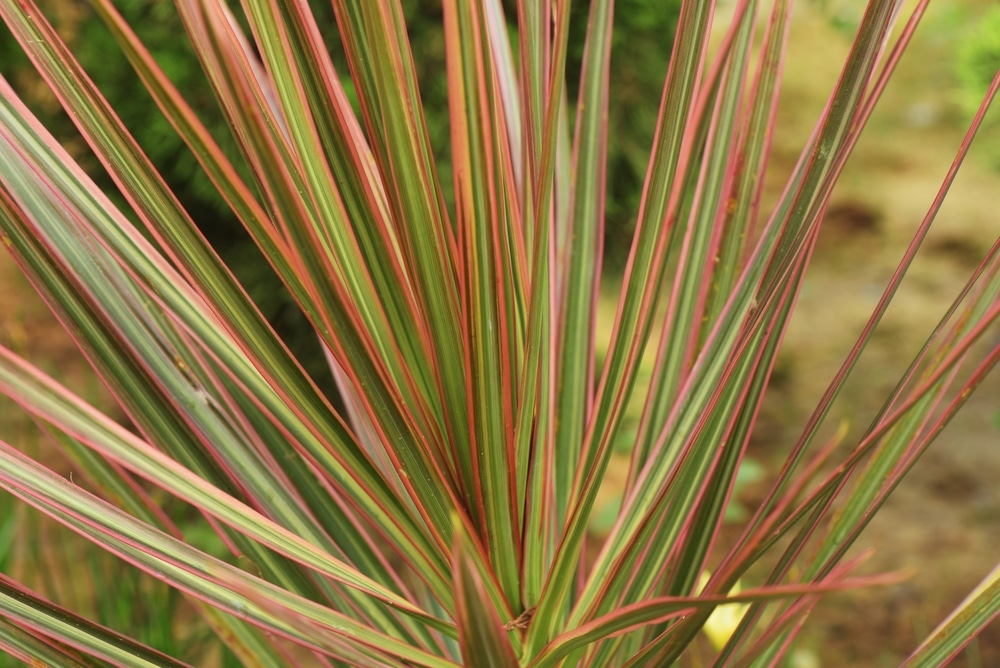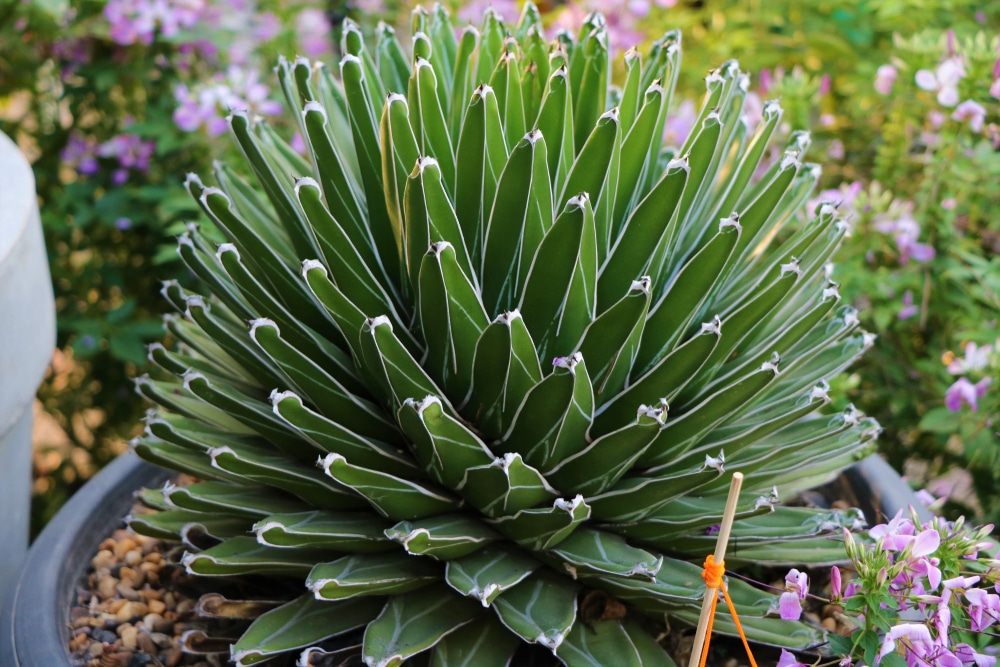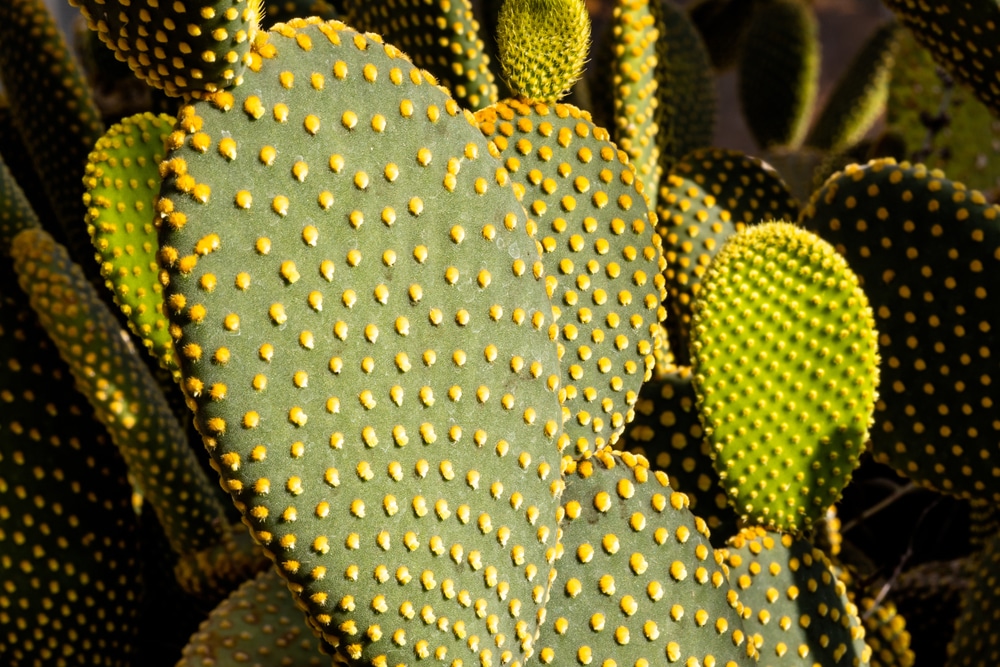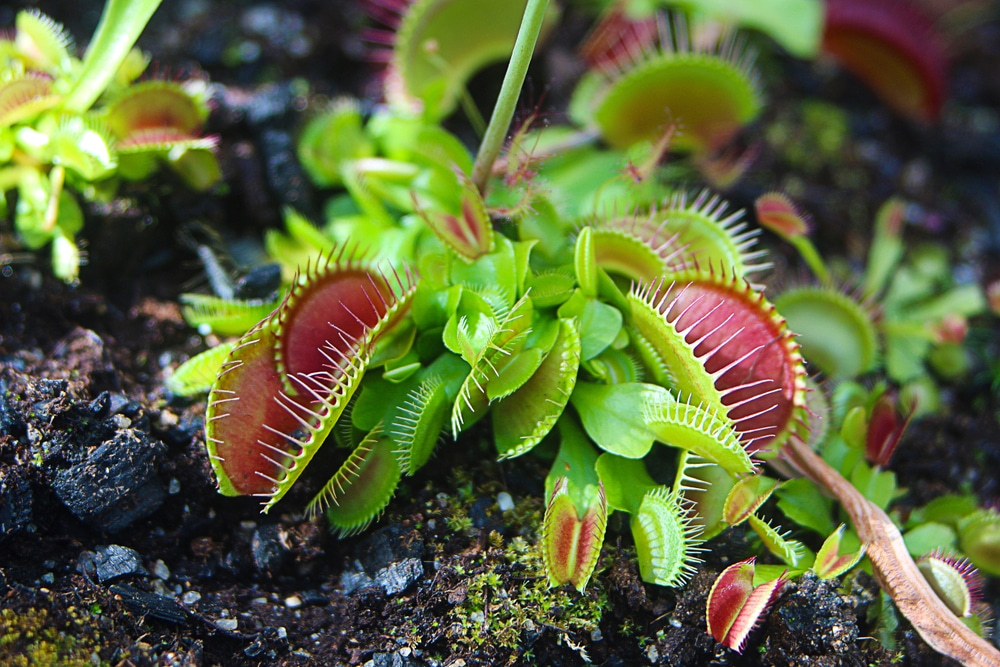Adding variety to a garden or an indoor space with a fun new plant can be exciting. Choosing which plant to add can sometimes be troublesome, but with a specific trait in mind, it’s easier to select the perfect match.
Plants with spiky leaves offer a lot of personality and visual interest. Plus, their nontraditional leaves can be a hallmark way to identify them. They’re an unmistakable addition.
Here are a few options of plants with spiky leaves you could try.
1. Haworthia
First is a giant family of succulents, haworthias. These plants need a low amount of water and can even survive drought or forgotten watering.
Their green leaves come out in thick bundles of spiky triangles with more bumps along the base. A popular variation is the Zebra Haworthia or the Haworthia attenuata.
Some people prefer to keep their plants in direct sunlight, which can add a red hue to the plant. It’s a versatile plant with spiky leaves that almost any level plant owner can handle.
2. Porcupine Tomato
Here’s a plant with spiky leaves that is a bit misleading because the porcupine tomato is related to everyday tomatoes but doesn’t produce any good fruit. Birds will even avoid their toxic berries.
Still, the bush is incredibly unique, with dusty green leaves and bright red thorns. Light purple blooms will adorn it during the blooming season.
It’s also known as devil’s thorn, and the botanical name is Solanum pyracanthum. Porcupine tomatoes prefer warm climates and wet soil.
3. California Fuchsia
California fuchsia, or Epilobium canum, is a big bush-like plant great for outdoor planting. It can survive many climates and enjoys full sun and low water.
Spiky leaves like needles run along the foliage, and the tops end in bright red blooms. Hummingbirds are likely to enjoy the rich nectar from these flowers.
It’s also an option native to the southwestern United States, so if you live locally, you may have already spotted it among the foliage.
4. Aloe Vera
Aloe vera is a thick-leaved plant that goes by its botanical name. Many are familiar with aloe products, but the plant is easy to grow at home and can thrive indoors with enough light.
The green leaves have defensive spikes that line the outer edges. These plants with spiky leaves are also full of aloe gel, a valuable medicinal tool for burns and other afflictions.
At home, it’s crucial to know that raw aloe can be toxic. When you harvest aloe, you must cut the leaves open and trim a yellow toxin rind or drain it.
5. Snake Plant
Snake plants grow large spiked leaves with light and dark green coloration. They’re often an indoor plant and add a clean, modern appeal to an area.
One great feature of these plants is that they’re known for being tolerant of neglect. They don’t need much light or water, so they can grow in odd places in homes other plants can’t.
You could find this plant under the botanical name Dracaena trifasciata. It’s a common plant worldwide, despite being native to Africa.
6. American Holly
American holly is a plant with spiky leaves that is a tree. The native growth is recognizable from its dark green leaves that end in points and bright red berries.
Many people are familiar with holly because it’s strongly associated with Christmas. It’s been a favorite choice for Americans for centuries.
You can also find American holly by the name Ilex opaca. Like many trees, it provides ample shelter and food for local birds.
7. Dragon Tree
A dragon tree is a miniature plant with spiky leaves that is often a houseplant. It looks like a tiny potted tree that sports impressive, tall, spiked leaves that are green with red edges.
Also known as Dracaena marginata, the dragon tree can reach six feet indoors. In tropical climates like its native Madagascar, it can grow to 20 feet outdoors.
Still, it’s incredibly drought-resistant and makes an ideal option to add some green to a large indoor pot with some easy trimming maintenance.
8. Bright Edge Yucca
Bright edge yucca is aptly named, with sharp leaves that protrude in a bush. The green foliage has an edge of yellow, and the plant can bloom with white flowers in the summer.
This plant is also known as Yucca filamentosa. It does need full sun but usually can go with minimal watering.
When it blooms, it can be ideal for attracting butterflies and hummingbirds.
9. Queen Victoria Agave
The Queen Victoria agave, or Agave victoriae-reginae, is an elegant plant with spiky leaves that form into an appealing rounded orb. It’s a type of succulent with fine white lines on the leaves.
Like other succulents, it doesn’t need much watering but could use a decent amount of light. You can plant it inside in containers or outside in sandy soil.
These plants have a rare feature where mature plants over ten years old may have the chance to flower, which they do only once in their entire life.
10. Polka Dot Cactus
The classic plant with spiky leaves, cacti, is known for its spines. The Polka Dot cactus has those spikes arranged in a pleasing pattern that seems like white dots on the large green growths.
They can be particularly sharp so use gloves for handling and planting. You’ll also want to use a pot with plenty of drainages if you decide to keep this one indoors.
Polka Dot cactus, or Opuntia microdasys, is also known as Bunny Ears cactus due to its growth patterns.
11. Venus Flytrap
The Venus Flytrap has a classic appearance that involves long, spiky growths from its mouth-like leaves. These growths help trap bugs in the sticky plant trap.
Venus Flytraps are also known as Dionaea muscipula, and they’re one of the rare carnivorous plants.
Having a pot of these unique leaves in your house can help catch flies, and they’re interesting to watch in action.
Final Thoughts
There are so many options for plants with spiky leaves, from small indoor plants to full-sized trees. Each offers a unique appearance that is hard to find in traditional plants.
Even with the spikes, many of these plants offer benefits and beauty that make them worth trying to grow. There are also many varieties of trees with spikes on the trunk.
